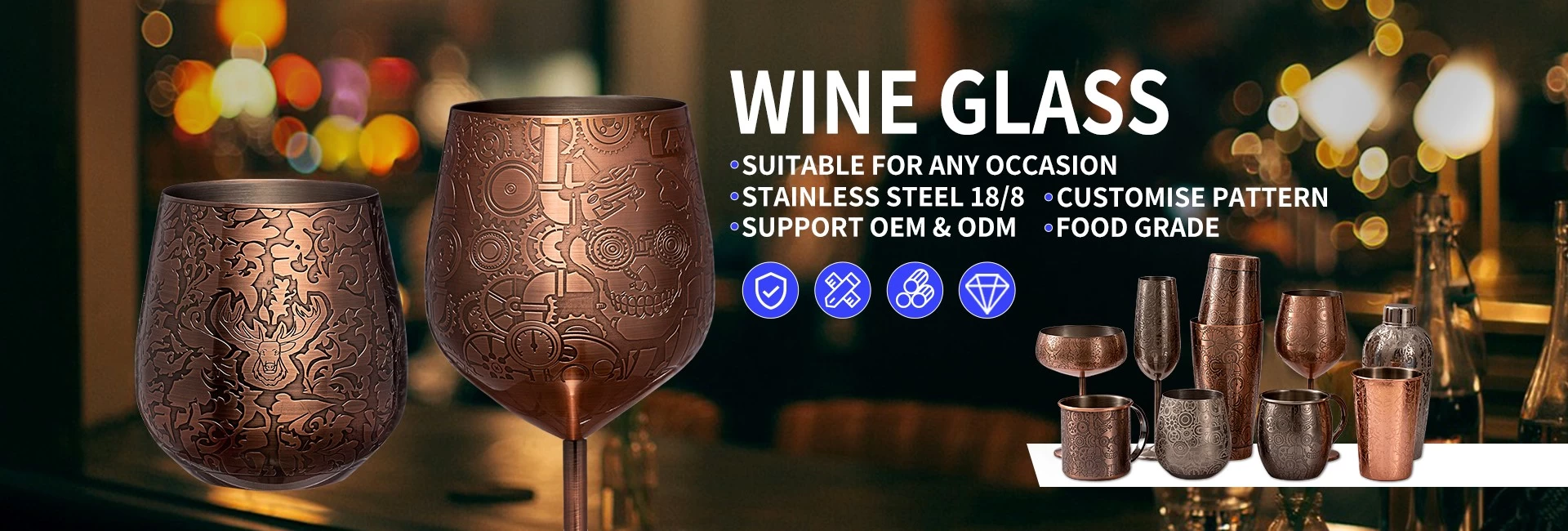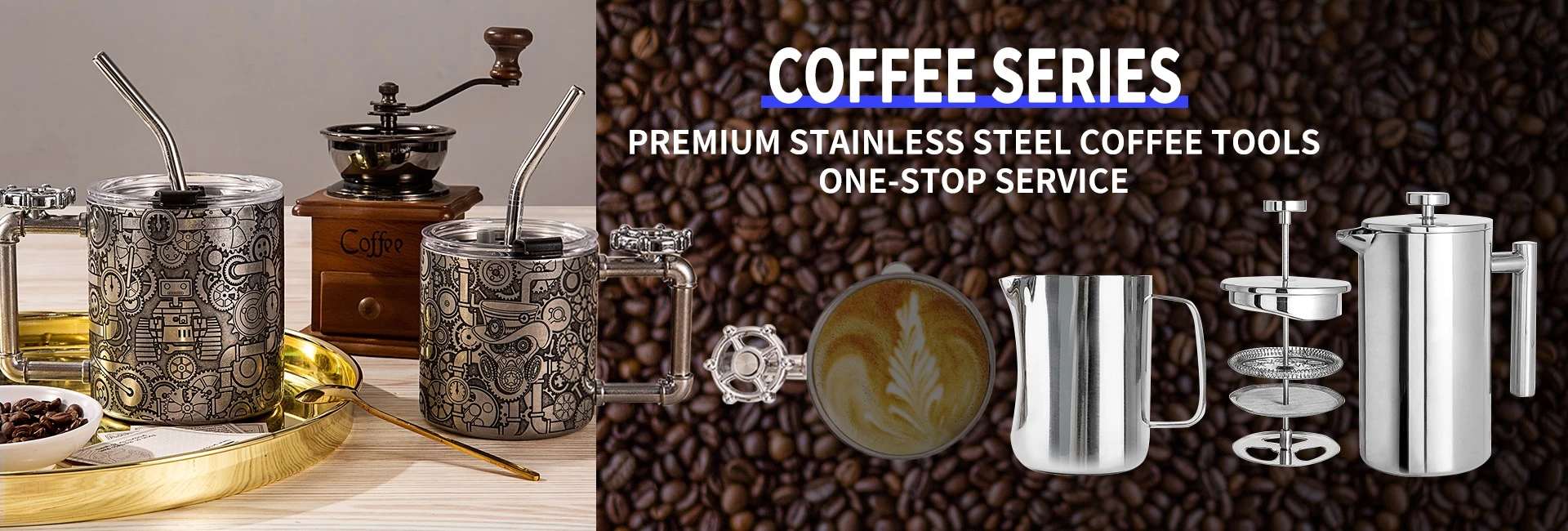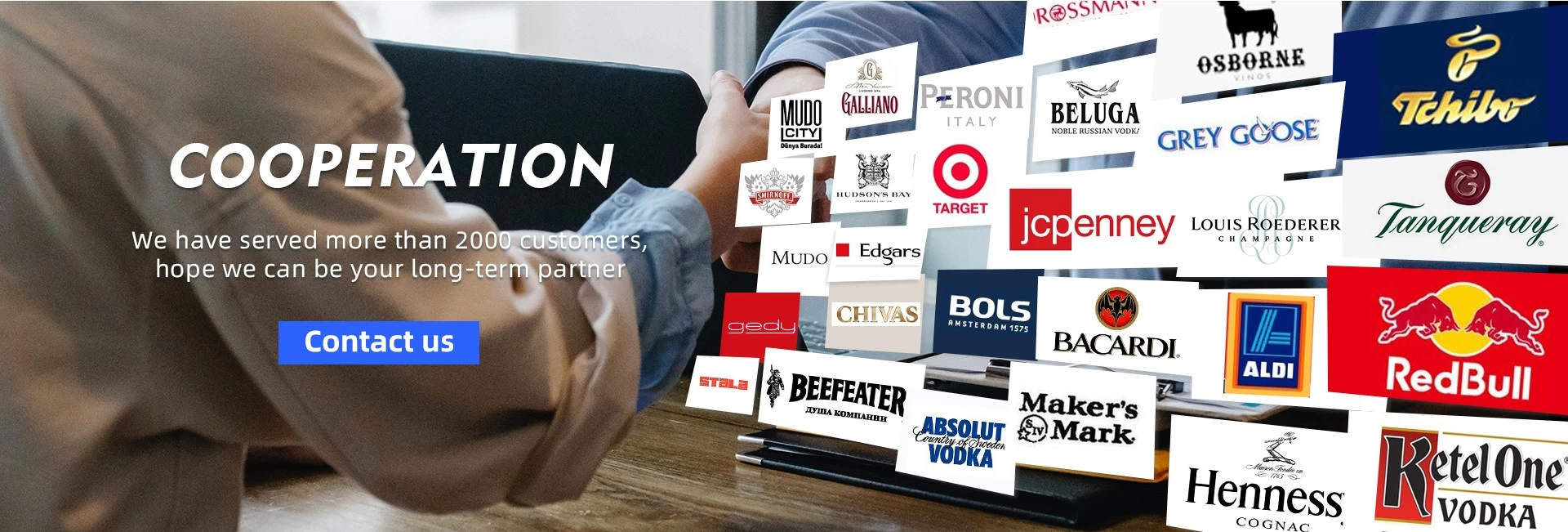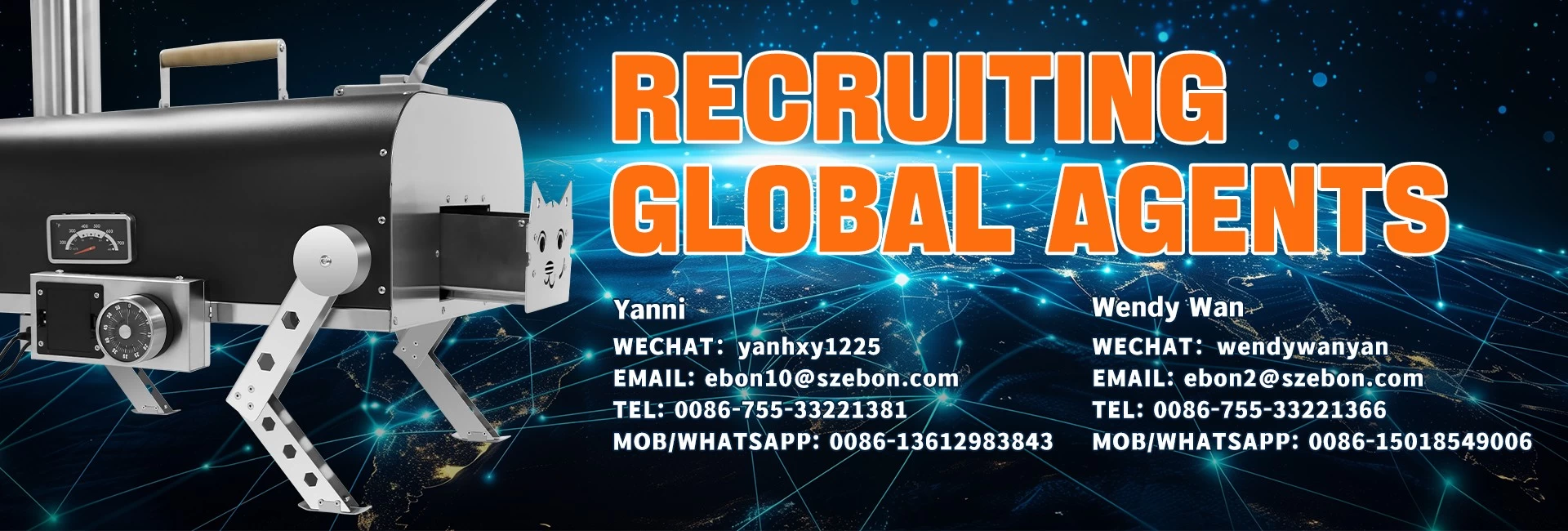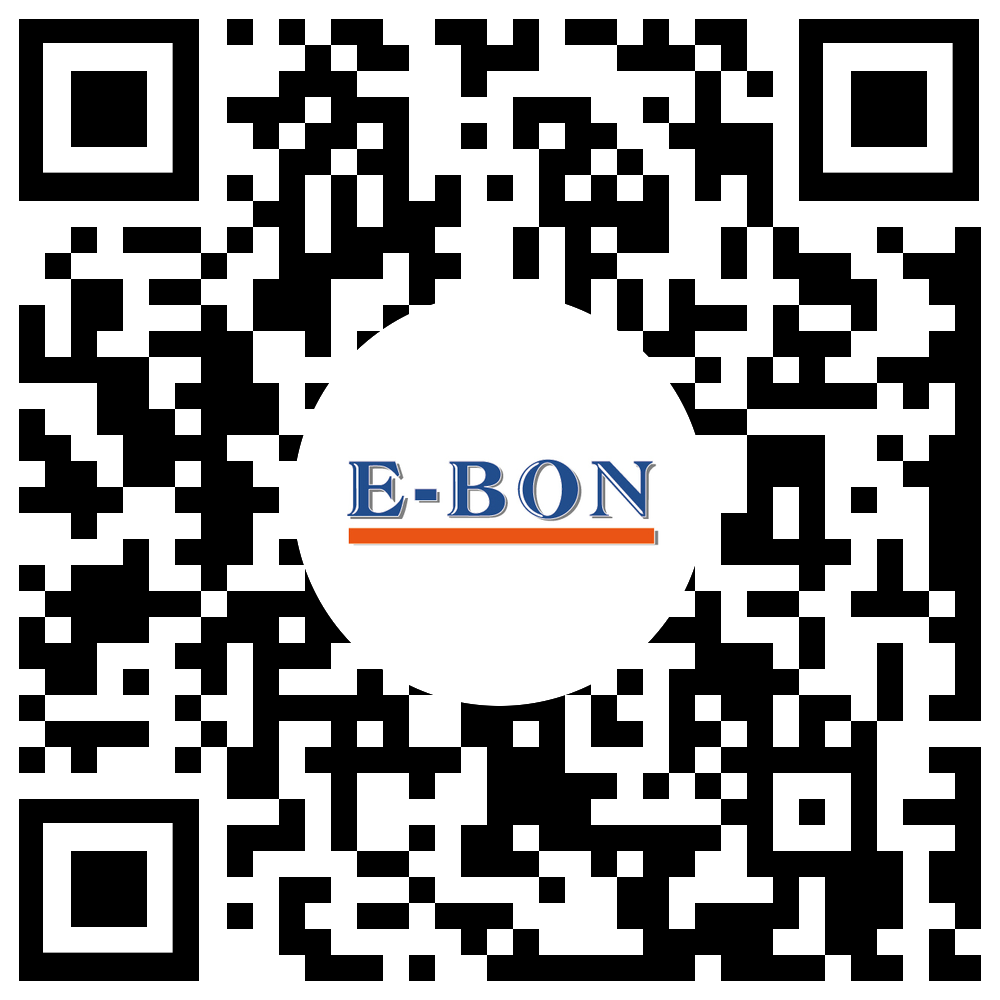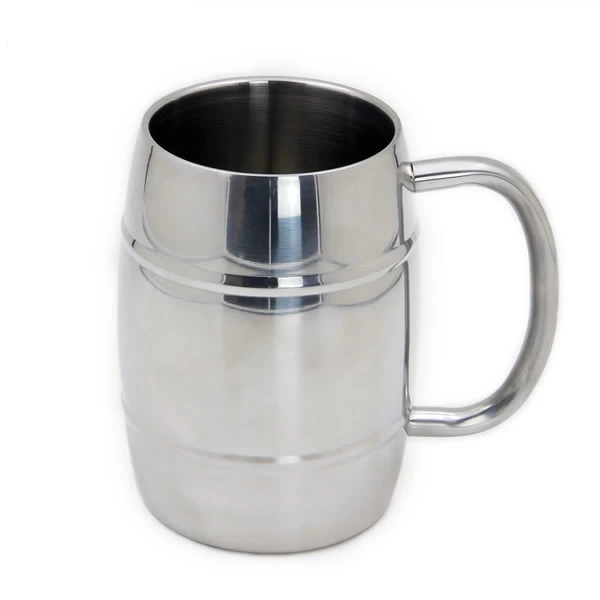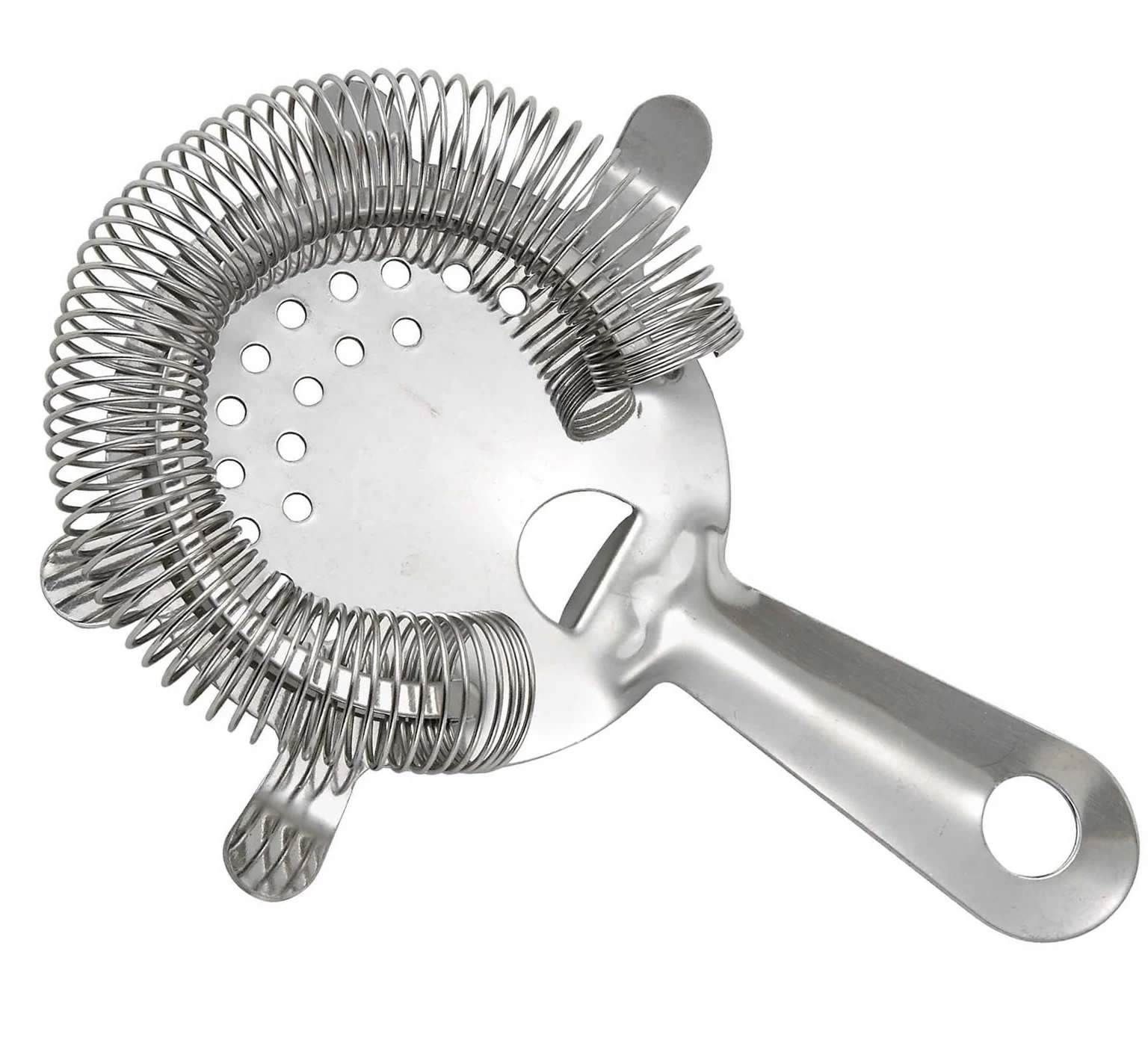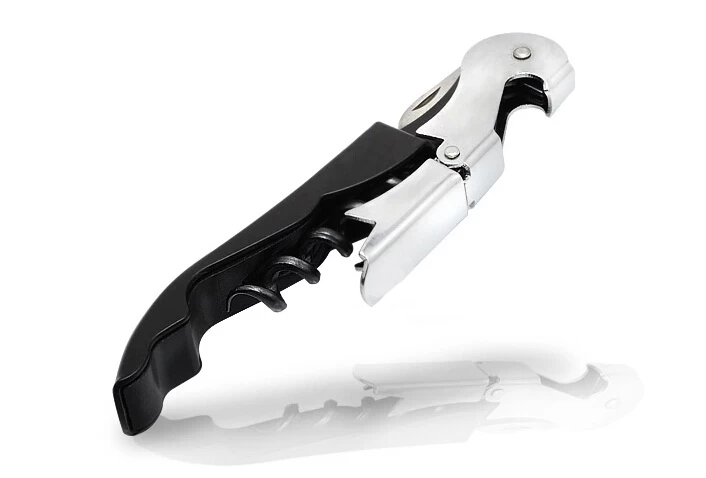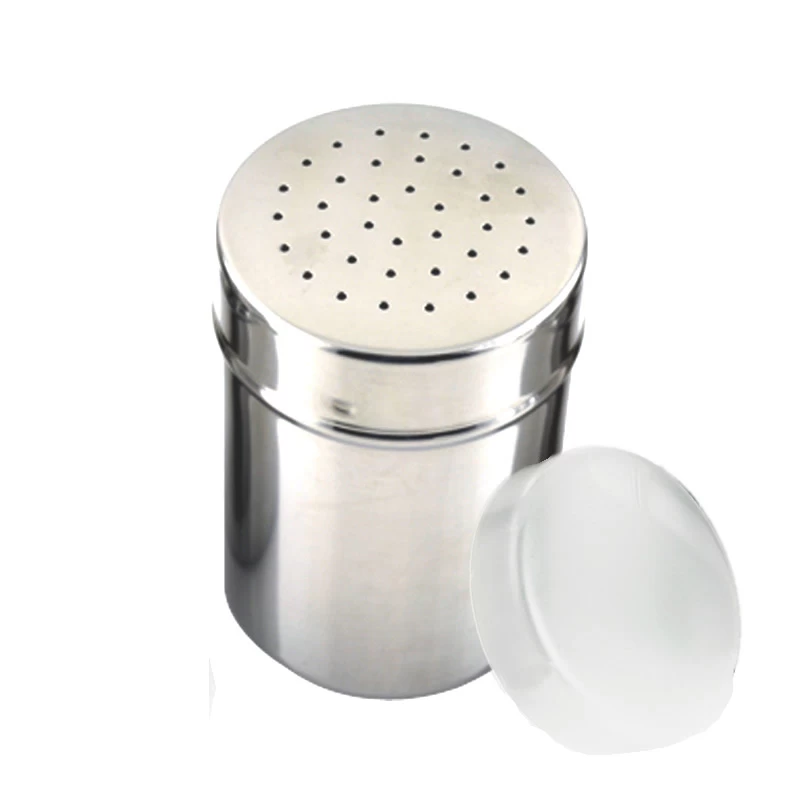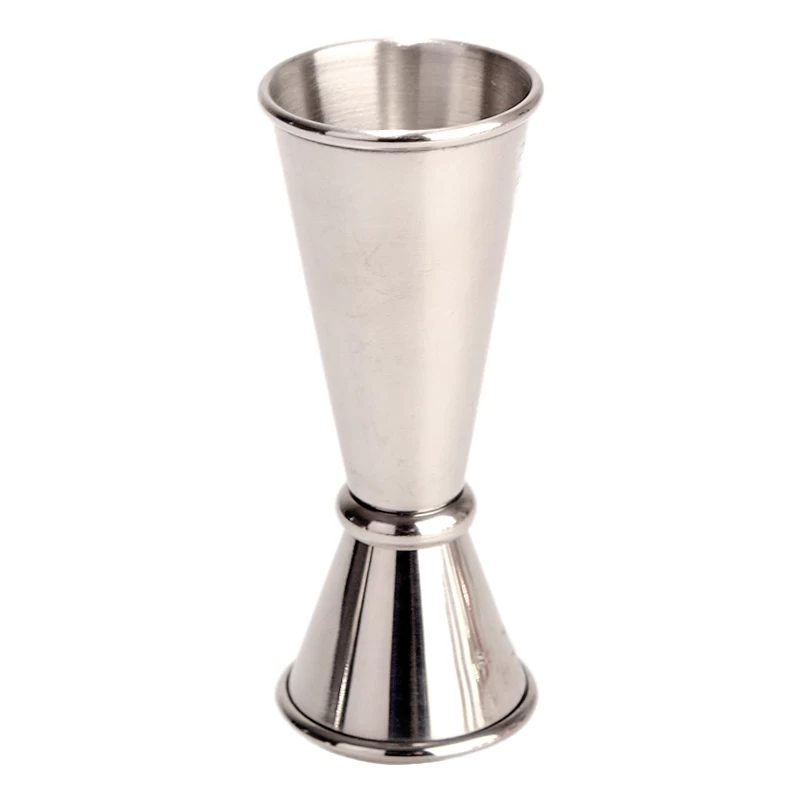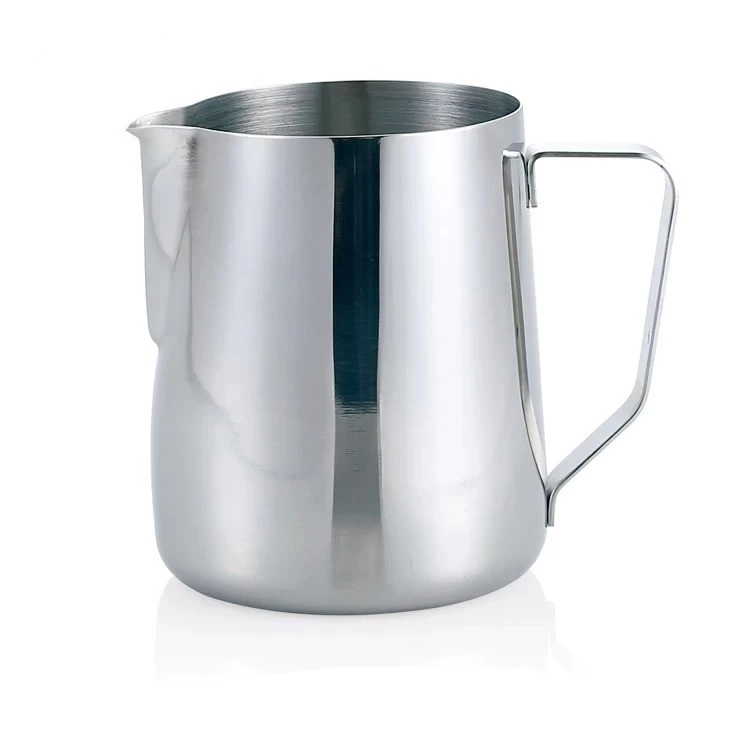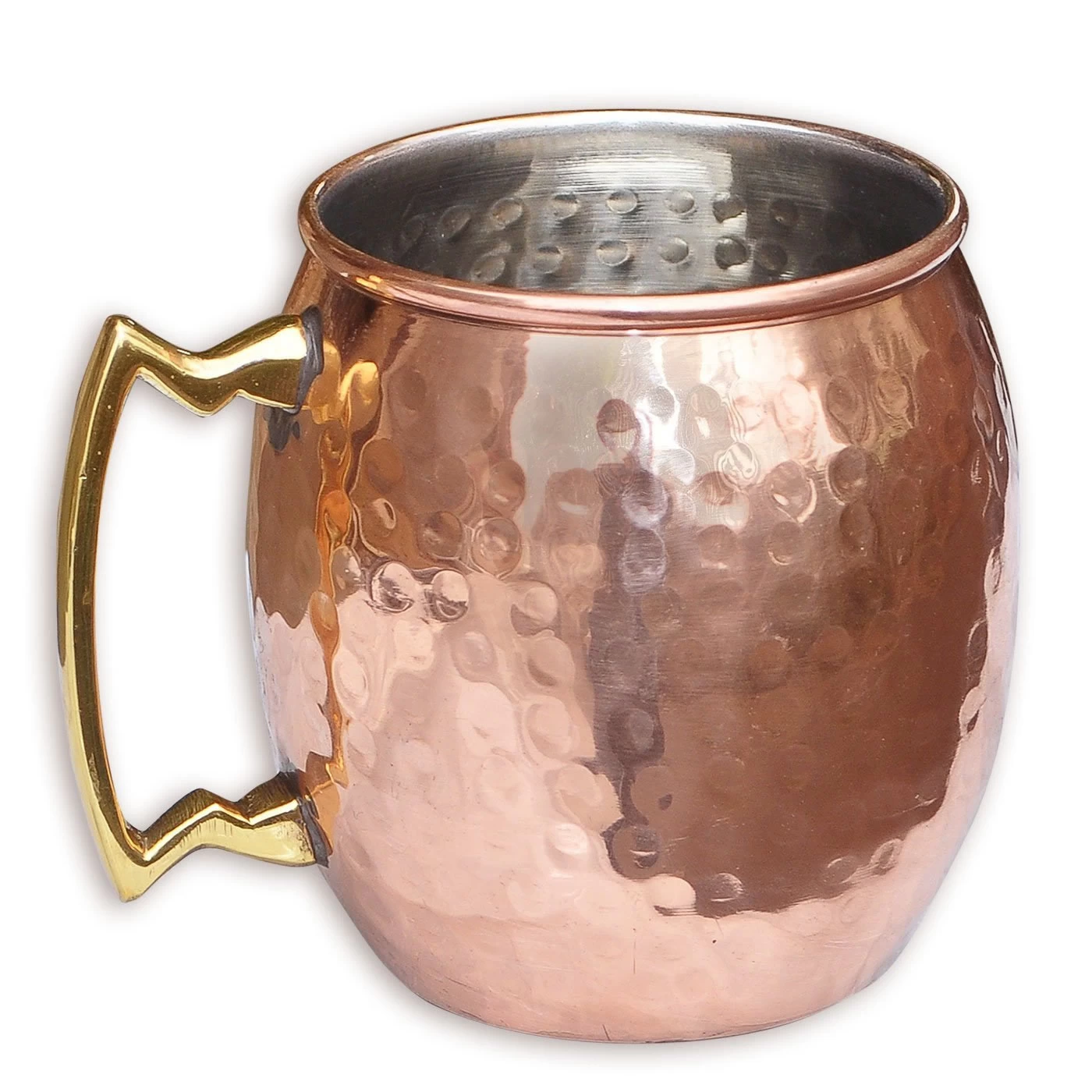Stainless steel products are hard to distinguish
E-BON
E-BON
2018-07-03 16:07:50
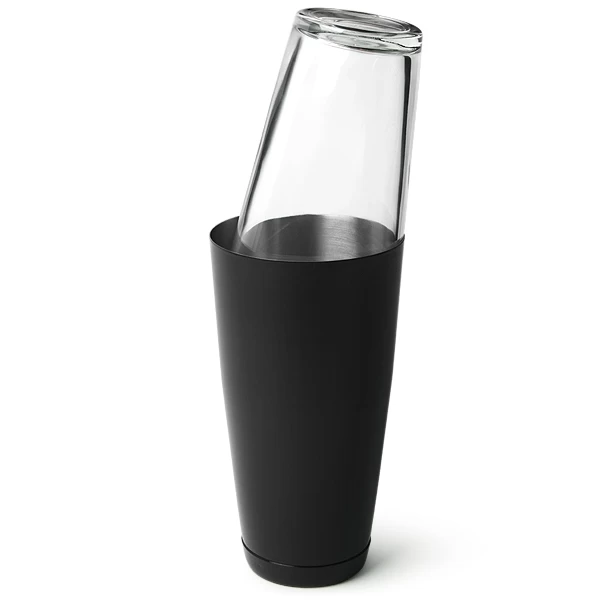
Technical experts told reporters that although they are all nominally stainless steel, if they do not meet safety standards, because these containers containing food seasonings are exposed to oil, vinegar and other seasonings for a long time, long-term use may cause excessive precipitation of heavy metals. Therefore, the supervision of stainless steel food-related products is very important for people to eat into their mouths. In today's Wanrun hotel supplies market, there is a counter for catering supplies. The law enforcement personnel will put an alloy analyzer on the surface of the stainless steel product. After pulling the “trigger”, the LCD displays the metal content data of the product. Technical experts Analyze this one by one.
"For stainless steel food-related products, the main five indicators of heavy metals lead, chromium, nickel, cadmium, arsenic detection, the first step through the alloy analyzer rapid on-site detection, and then suspected of the problem of the product back to the laboratory Further testing and analysis.” Zhang Xiaoxuan, engineer of the physical and chemical analysis department of the Shanghai Institute of Metrology and Measurement Technology, advised the reporter that when consumers purchase stainless steel food utensils, they should pay attention to the labels on the products. “At present, the overall production of stainless steel products in Shanghai On the good quality, at the same time look at the product on the row number, such as row number 304 stainless steel products, personally think it is more suitable for food use."
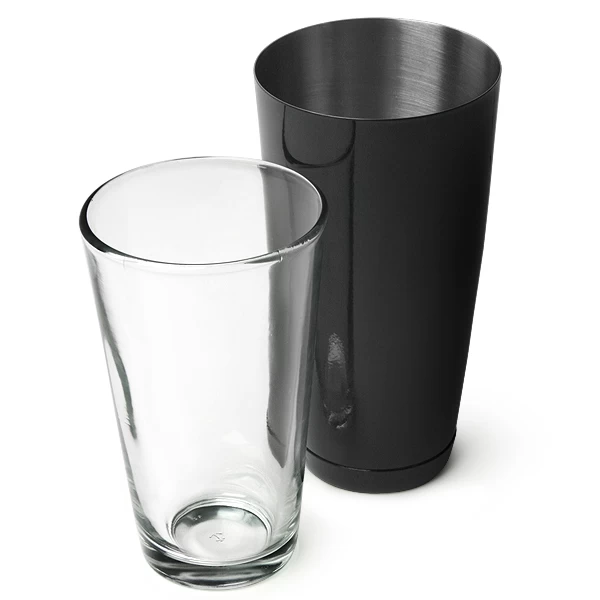
After testing a variety of stainless steel plates, buffet pots, health bowls, knives, etc., law enforcement officers found that the cadmium and manganese content of the “420 Stainless Steel Blade Series” product did not meet the relevant grade standards. In addition, some stainless steel meals. There are also safety risks for plates and stainless steel bowls. These question mark products(China Stainless Steel Coffee Pot Factory) will be taken back to the lab for further testing.
On-site quick inspection is an innovative method of supervision using a hand-held alloy analyzer. Law enforcement officers of the Quality Supervision Bureau also pointed out that when selecting stainless steel utensil containers, attention should be paid to safety risks such as heavy metals exceeding the standard, and the labels should be carefully selected.
"For stainless steel food-related products, the main five indicators of heavy metals lead, chromium, nickel, cadmium, arsenic detection, the first step through the alloy analyzer rapid on-site detection, and then suspected of the problem of the product back to the laboratory Further testing and analysis.” Zhang Xiaoxuan, engineer of the physical and chemical analysis department of the Shanghai Institute of Metrology and Measurement Technology, advised the reporter that when consumers purchase stainless steel food utensils, they should pay attention to the labels on the products. “At present, the overall production of stainless steel products in Shanghai On the good quality, at the same time look at the product on the row number, such as row number 304 stainless steel products, personally think it is more suitable for food use."

After testing a variety of stainless steel plates, buffet pots, health bowls, knives, etc., law enforcement officers found that the cadmium and manganese content of the “420 Stainless Steel Blade Series” product did not meet the relevant grade standards. In addition, some stainless steel meals. There are also safety risks for plates and stainless steel bowls. These question mark products(China Stainless Steel Coffee Pot Factory) will be taken back to the lab for further testing.
On-site quick inspection is an innovative method of supervision using a hand-held alloy analyzer. Law enforcement officers of the Quality Supervision Bureau also pointed out that when selecting stainless steel utensil containers, attention should be paid to safety risks such as heavy metals exceeding the standard, and the labels should be carefully selected.


